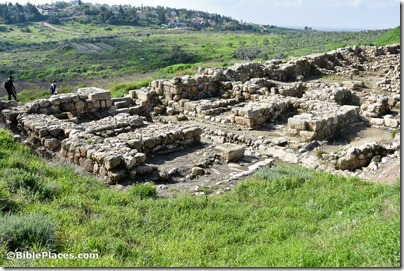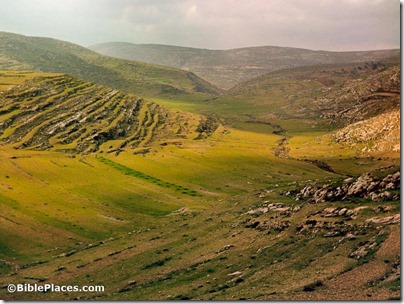The major sites now closed include the Church of the Holy Sepulcher, the Al Aqsa Mosque, the Temple Mount Sifting Project, and the Egyptian Museum in Cairo and all Egyptian tourist sites. It has not been this bad in Jerusalem since the Black Plague in 1349.
Th Internet Archive has suspended waitlists in order to create the National Emergency Library and make more than 1.4 million books available.
Appian Media is beginning a new, free, 6-week at-home video Bible study class entitled Bible Study without Borders.
With Passover approaching, some rabbis have ruled that extreme circumstances make it permissible to use electronic devices to share a Seder by videoconference.
Wayne Stiles connects Bethany and the raising of Lazarus to the present crisis.
John Baines answers the question, “What is Egyptology?”
A new film documents the story of a Polish Egyptologist who believes he is close to discovering the tomb of Thutmose II.
David Moster explores Babylon in the Bible and Reggae Music (15-min video).
A Biblical History of Israel, 2nd edition, by Iain Provan, V. Philips Long, and Tremper Longman III for sale on Kindle right now for $1.99.
GlossaHouse is offering many language resources at half off as well as a number of digital resources for free.
HT: Agade, Ted Weis, Paleojudaica, Joseph Lauer

